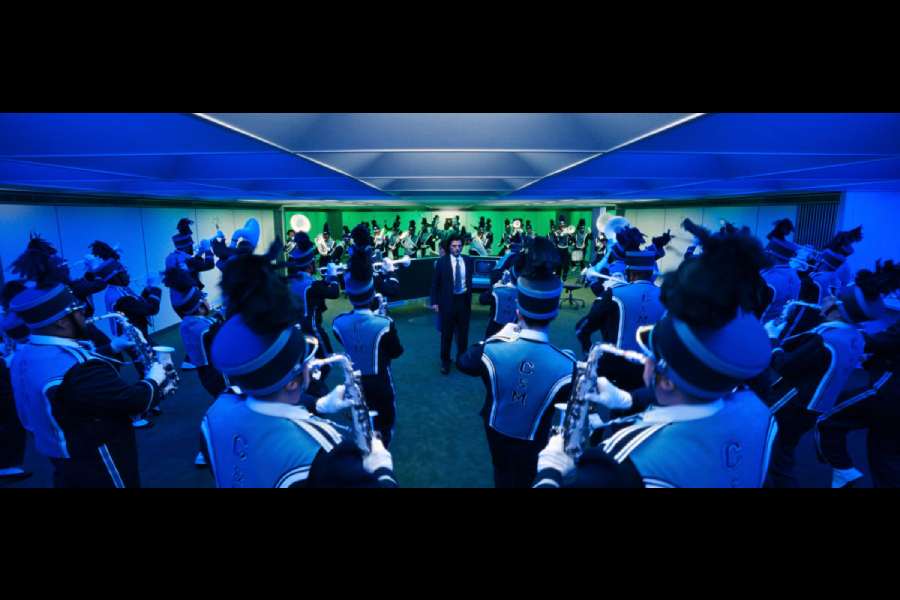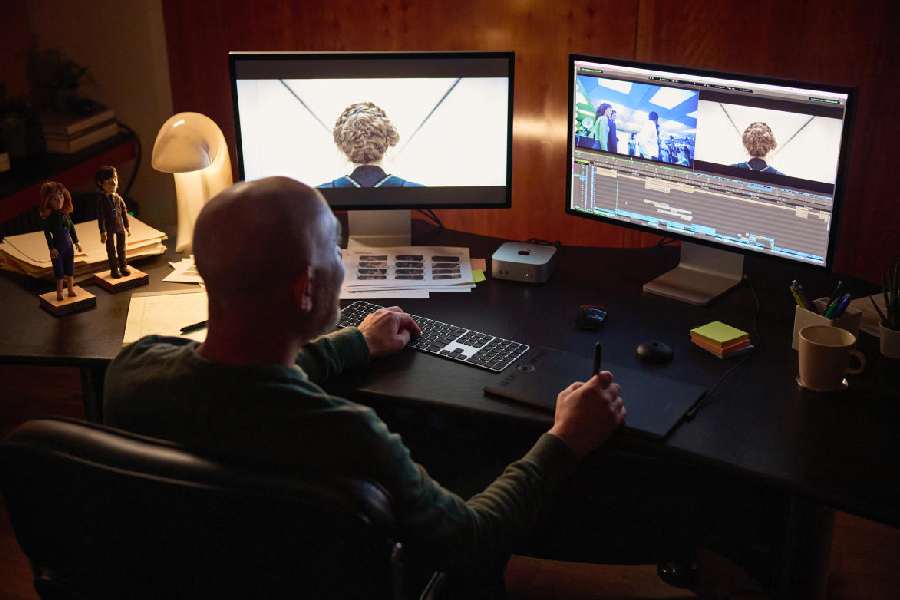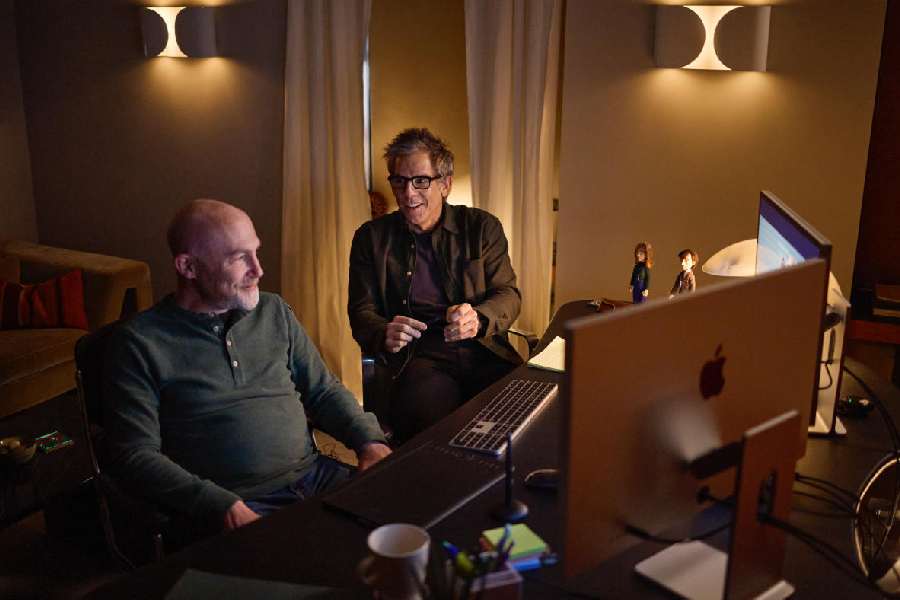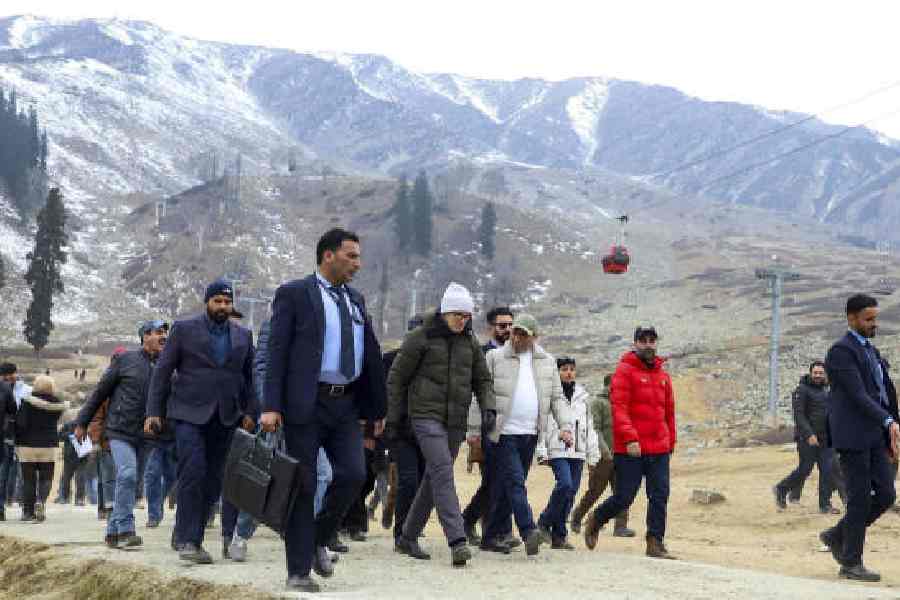What a finale it was for the second season of Apple TV+’s pathbreaking show, Severance. To celebrate the moment and also the nod given for a third season, Apple has released a behind-the-scenes look at how the show is edited. One thing is for sure, the Mac plays a crucial role.
“I can work on my laptop and I can work on my iMac, and I can work at the post facility or I can work at Ben’s (director and executive producer Ben Stiller) office, and as long as I’m logged into my account, everything I do shows up everywhere… That aspect of Mac I find very handy — to not think about which system I’m physically at,” said Geoffrey Richman, supervising editor on Severance.
Editing is the lifeline of the show, something Richman knows well. His setup is something others can (and probably will) emulate. From his home setup in Brooklyn, he worked with colleagues using a suite of Apple devices. The gear list includes an iMac, a Mac mini and a MacBook Pro. All of the devices helped edit one of the most complicated episodes — Cold Harbor, the Season 2 finale.

Adam Scott in Severance, now streaming on Apple TV+.
How it came together
Most of the edits were done using a Mac, which Richman prefers over PCs. “I like the interface on Mac a lot better than on a PC,” he said. “I find the way the operating system is laid out to be much more comfortable. I’m able to move between different applications very quickly on Mac.”
The Apple ecosystem keeps the demands of creators in mind. For an editor, work flows across several desks. Richman, and the rest of the editors of the show, worked remotely but he occasionally visited the set, where there is an edit room with iMac. He also brought his MacBook Pro onto set to easily access cuts for reference. There is seamless data sharing and device collaboration that’s possible with iCloud and Continuity.
“I could be lying in bed and I have a thought, and I’ll type it into my iPhone, and then the next day, it just shows up in the Notes app on my desktop. That aspect of Mac I find very handy — to not think about which system I’m physically at,” he said in a behind-the-scenes interview.
The power of Apple flow helped while working on the episode Woe’s Hollow. Richman accompanied Stiller to the snow-covered Minnewaska State Park Preserve in upstate New York. “I was able to go to the place where Ben was staying and plug my MacBook Pro into his TV, and we were able to edit right off of my laptop.”
Richman obviously is a fan of the multitasking allowed on Mac. “I like running all the things that I use throughout the day all the time,” he said. “So I have Avid running, as well as the Notes app, Slack, Mail, Messages, Calendar, and Safari. All these things are open and running all the time, but then I love that I can use a shortcut to access Mission Control to switch over to a different app.”
All of this proves that Apple’s M-series silicon and macOS are a perfect pair, offering great architecture for video editing.

Geoffrey Richman reviews season two finale footage. In his at-home edit bay (not pictured), he works on iMac, which remotes into a separate Mac mini that runs Avid from a post-production facility in Manhattan’s West Village.
Music meets edit
Every episode’s score also need to be worked on simultaneously with the edit. Richman spoke with Theodore Shapiro, the show’s composer, regularly during editing. If Shapiro sent music cues after the workday had ended, Richman could listen to it immediately from his MacBook Pro or iPhone using AirPods Pro 2.
“Music is such a big part of enhancing the show,” said Richman. “You can actually shift a scene into a darker tone based purely on the music.”
Take the two marching band songs used in the season finale. Working on his iMac, Richman made sure the instruments on camera stayed in sync with the music. Organising the marching band footage alone took over a week, and with so many angles and takes to choose from at any given moment, there were hundreds of ways to cut the scenes.
“Those were definitely scenes where I was jotting down notes on my iPhone and then — to get a different perspective — I’d work on my MacBook Pro, sketching ideas while sitting on my couch or in bed, before bringing those thoughts back to my iMac,” he said.
The success of the show has encouraged Apple to go on an overdrive. The company even added a Severance-inspired product to its online store, the Lumon Terminal Pro. Too bad we can’t buy the computer. It is modelled after the terminal computers used by the workers at the Lumon corporation in Severance.










